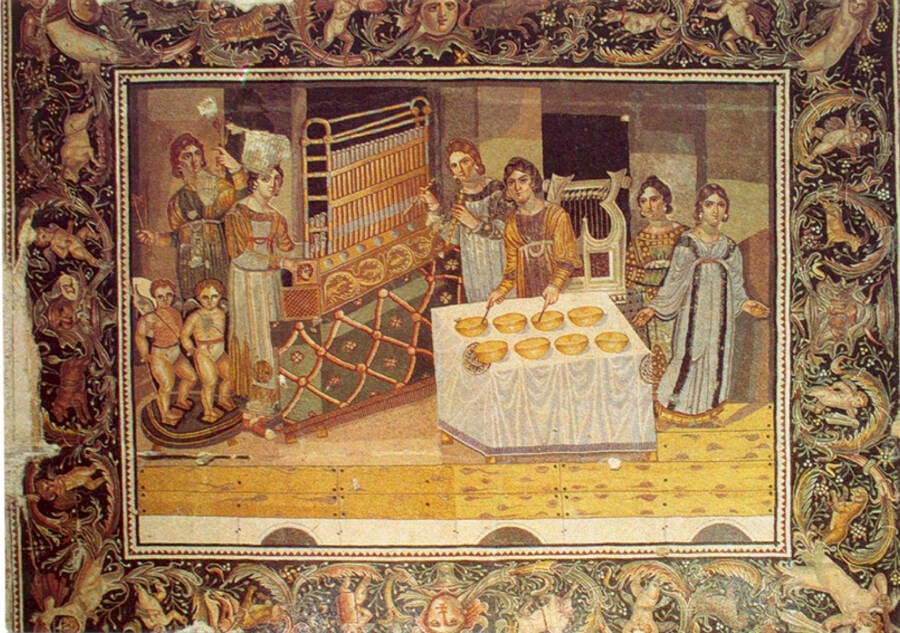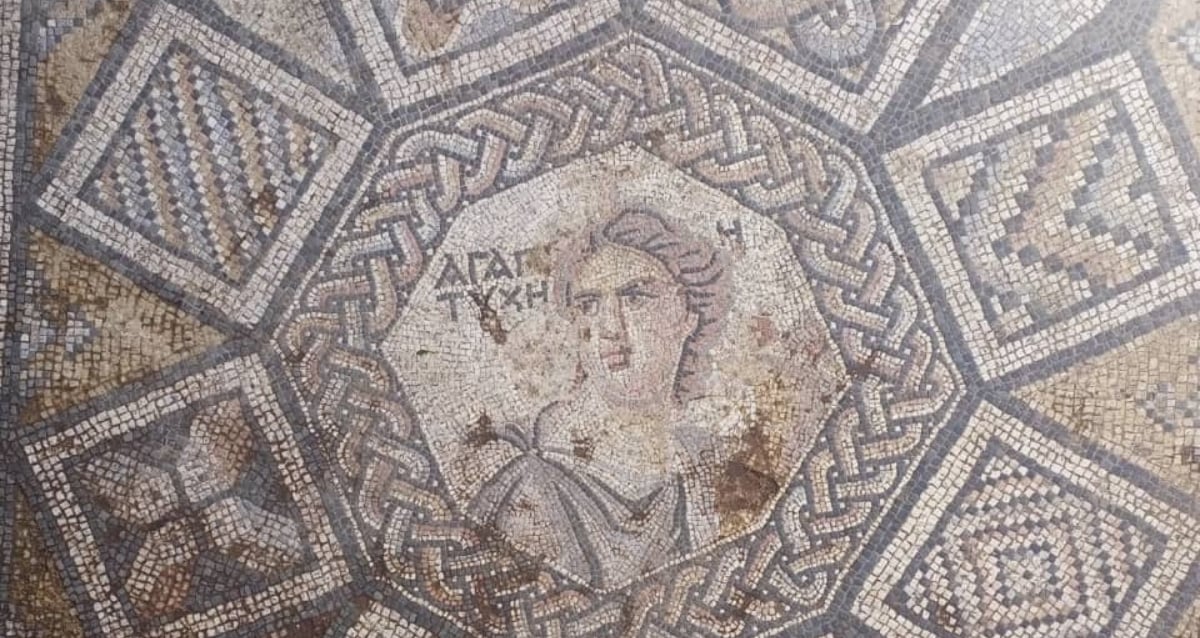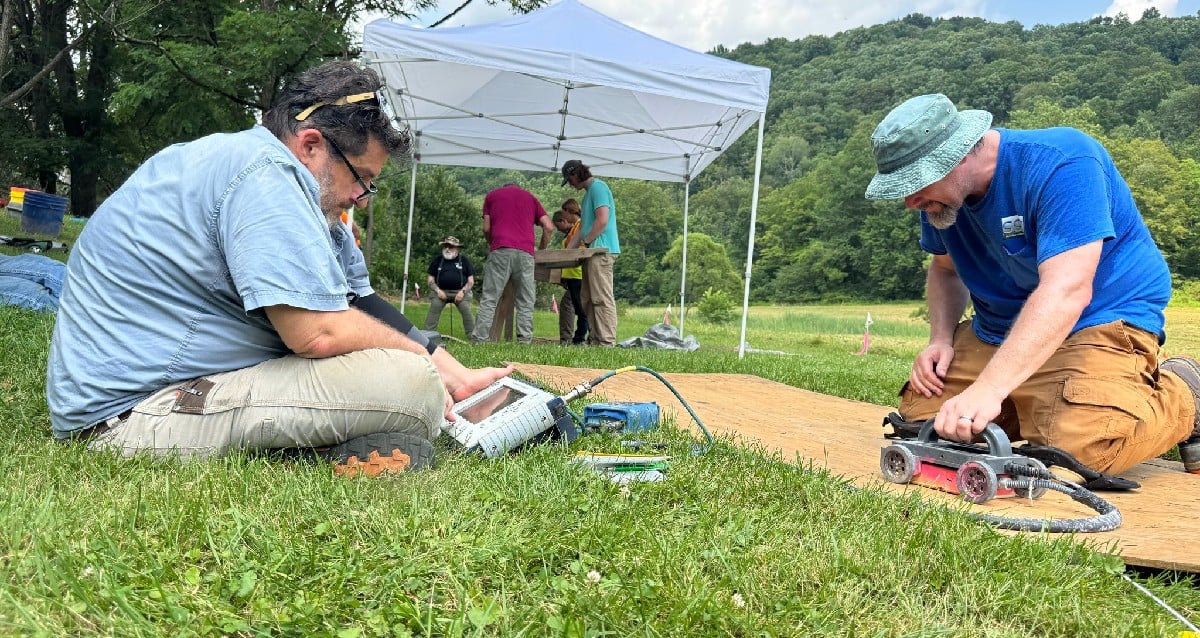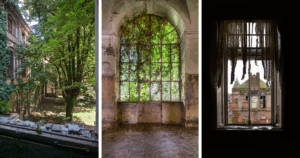Hidden for Centuries: Stunning Mosaic of Greek Goddess of Good Fortune Unearthed Beneath Syrian Well
Often, Tyche would be portrayed wearing a mural crown, a headdress shaped like the walls of a city. The crown was meant to represent Tyche’s status as the protector of a specific city.
Furthermore, this newly-unearthed mosaic is reminiscent of others previously discovered in the village of Maryamin.
Maryamin’s Other Ancient Work Of Art: The “Mosaic Of The Musicians”
The Tyche mosaic is not the first of its kind to be found in this small Syrian village.
One of the most notable archaeological discoveries in the region came in 1960, when researchers unearthed a fourth-century Byzantine-era mosaic in the ruins of a villa in Maryamin. The 65-square-foot mosaic, known as the “Mosaic of the Musicians,” depicts six female musicians playing instruments.

Wikimedia CommonsMaryamin’s famous “Mosaic of the Musicians.”
It is one of the few examples showing an organ player in antiquity, but it also features depictions of women playing forked cymbals, a double aulos, a percussion instrument called an oxyvaphi, a type of lyre known as a kithara, and cymbals.
This mosaic is currently on display at the Archaeological Museum of Hama.
These discoveries are of particular note considering just how small the village of Maryamin has always been. Today, the population sits at around 4,000 people, but for much of ancient history, the population floated between just 20 and 50 households at different points in time.
When the “Mosaic of the Musicians” was discovered in 1960, the village had a population of just 600 people. Still, the region clearly has a rich history that harkens back to the time of the Roman Empire and before.













